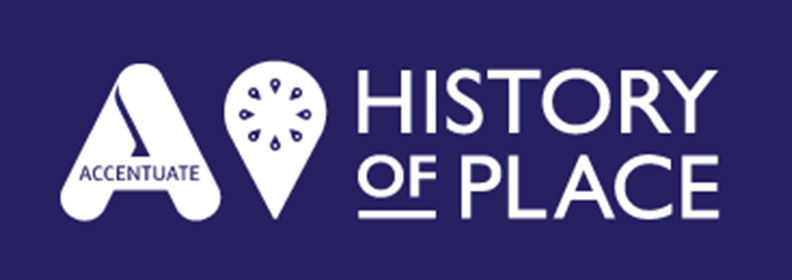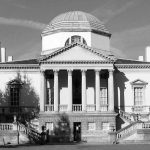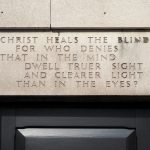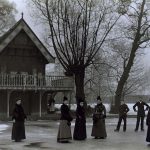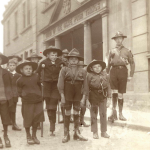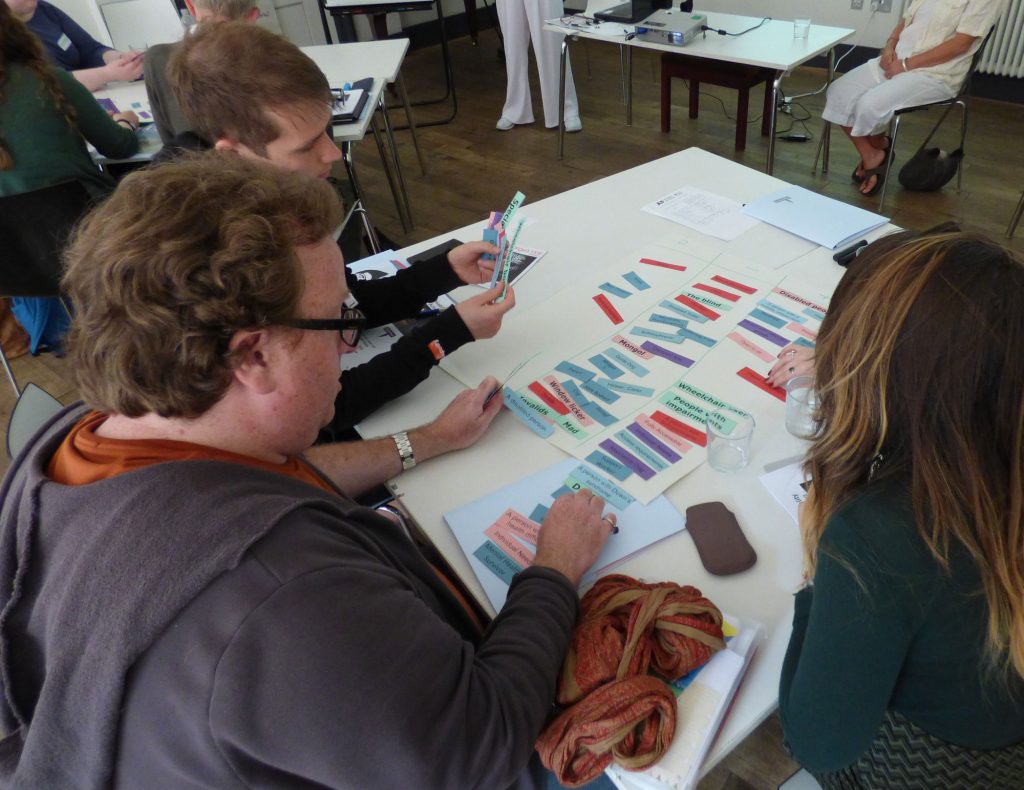Welcome to my first blog to tell the story that we’re working on to the wider world.
As readers may know, the Liverpool project is based around The Old Blind School – and I’ve volunteered myself to work around the areas of its built architecture – and it’s truly as diverse as it is fascinating.
I have been lucky to meet some with really committed and enthusiastic people; and in turn we’ve been invited to meet with other services and organisations who are keen to offer their support and guidance.
We were able to spend a day at Liverpool’s Bluecoat Chambers where we participated in some disability equality training organised by the wonderful Ruth from DaDaFest – a pioneering and innovative organisation linking disabled people into the wonderful world of the Arts! – be sure to check out their website, as they have a huge amount coming up, this autumn – surely something for everyone.
This is the best type of training as it was interactive – and involved not just listening and observing, but also games and discussions. It was my first experience of speaking to somebody whose hearing is impaired, and of being able to see the immense skill of Ruth’s signer. It’s especially amusing to see sign language being used to convey humour!
I missed the trip to the Museums of Liverpool archives which was one of the things I was most looking forward to – the chance to delve into previous lives and experiences of people whose stories are yet to be told.
We were also invited to the World Class archive at the University of Liverpool – which we expect to use regularly for our embryonic project – as a lot of the background material relating to The Old Blind School is located there. The breadth of the collection is enormous and I could see myself losing days, if not weeks, in its treasures.
I am reminded when I visit Liverpool of the weight of history that the city has to offer; previous, current, and future. The excitement I feel being part of this project, I hope will grow and grow – and do justice to Liverpool’s pioneers and unsung heroes, and its citizens, whose lives and experiences deserve to be preserved for future generations of historians and heritage enthusiasts.
